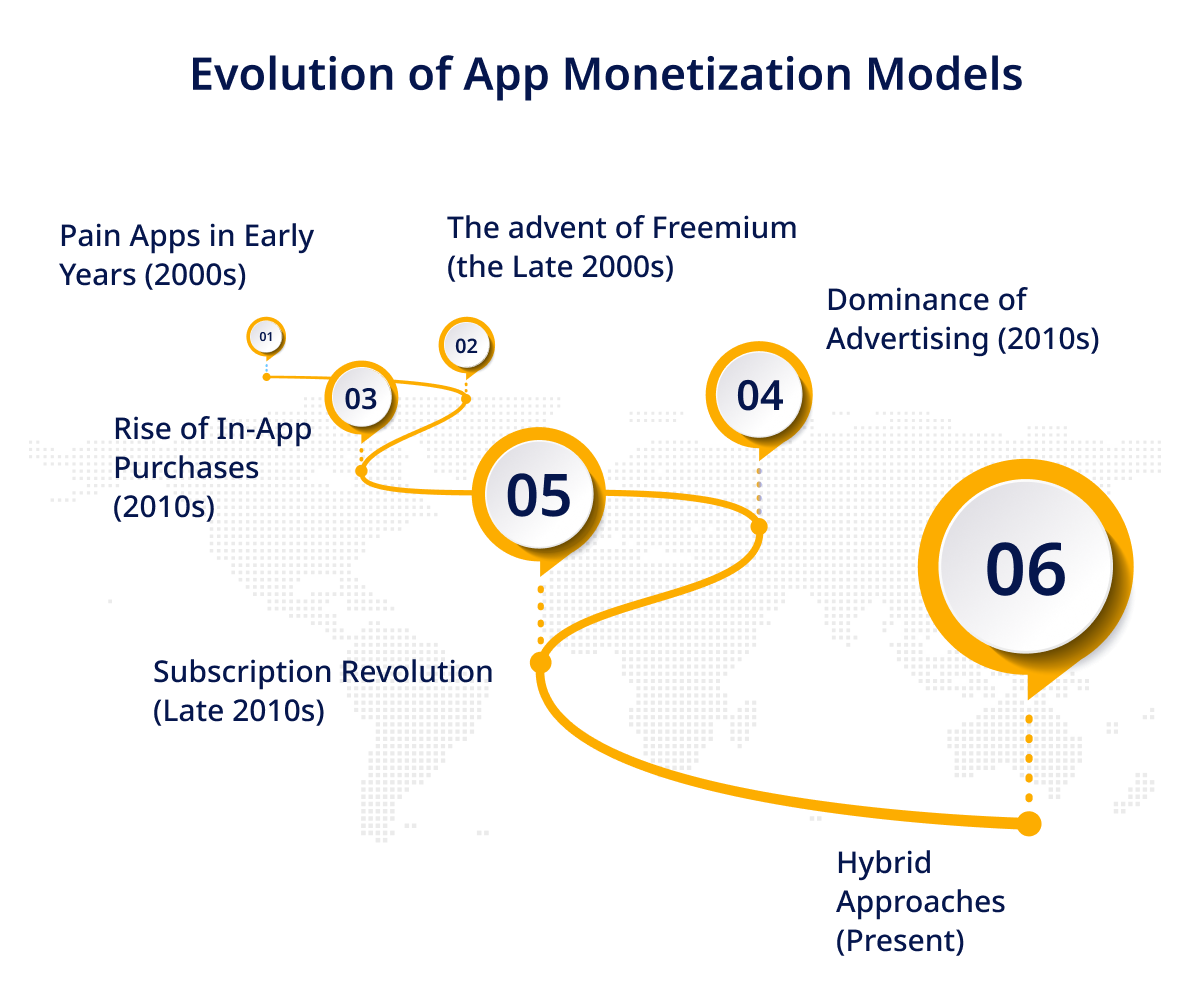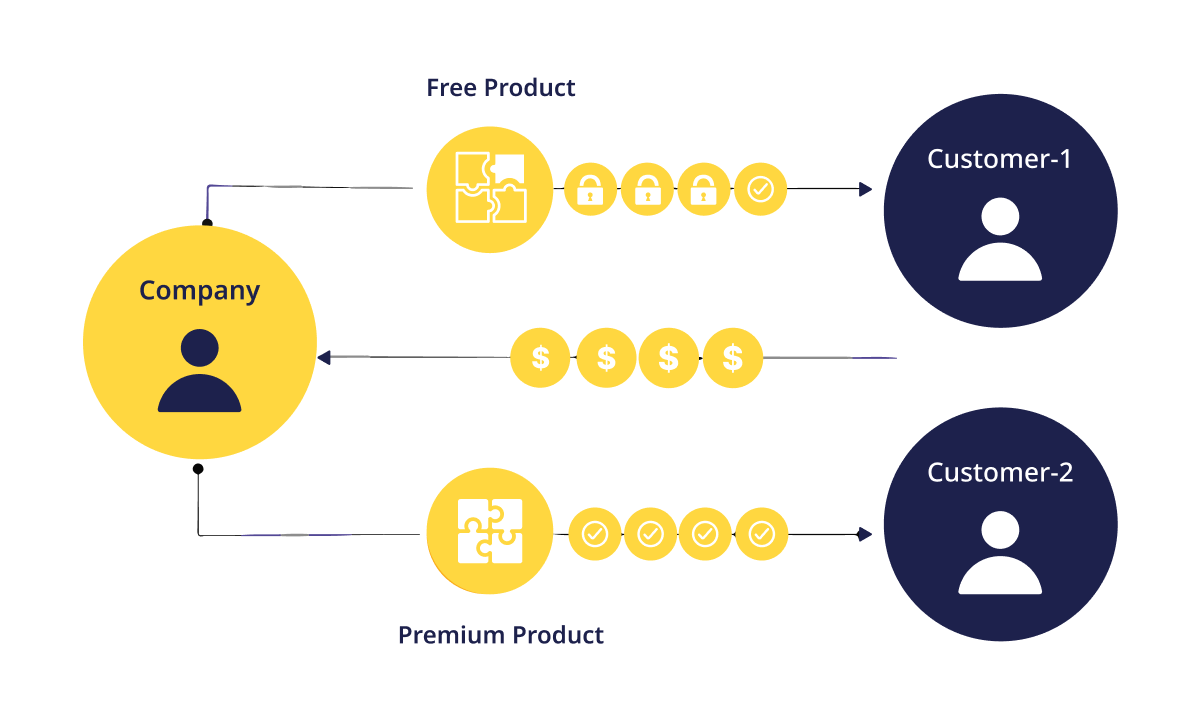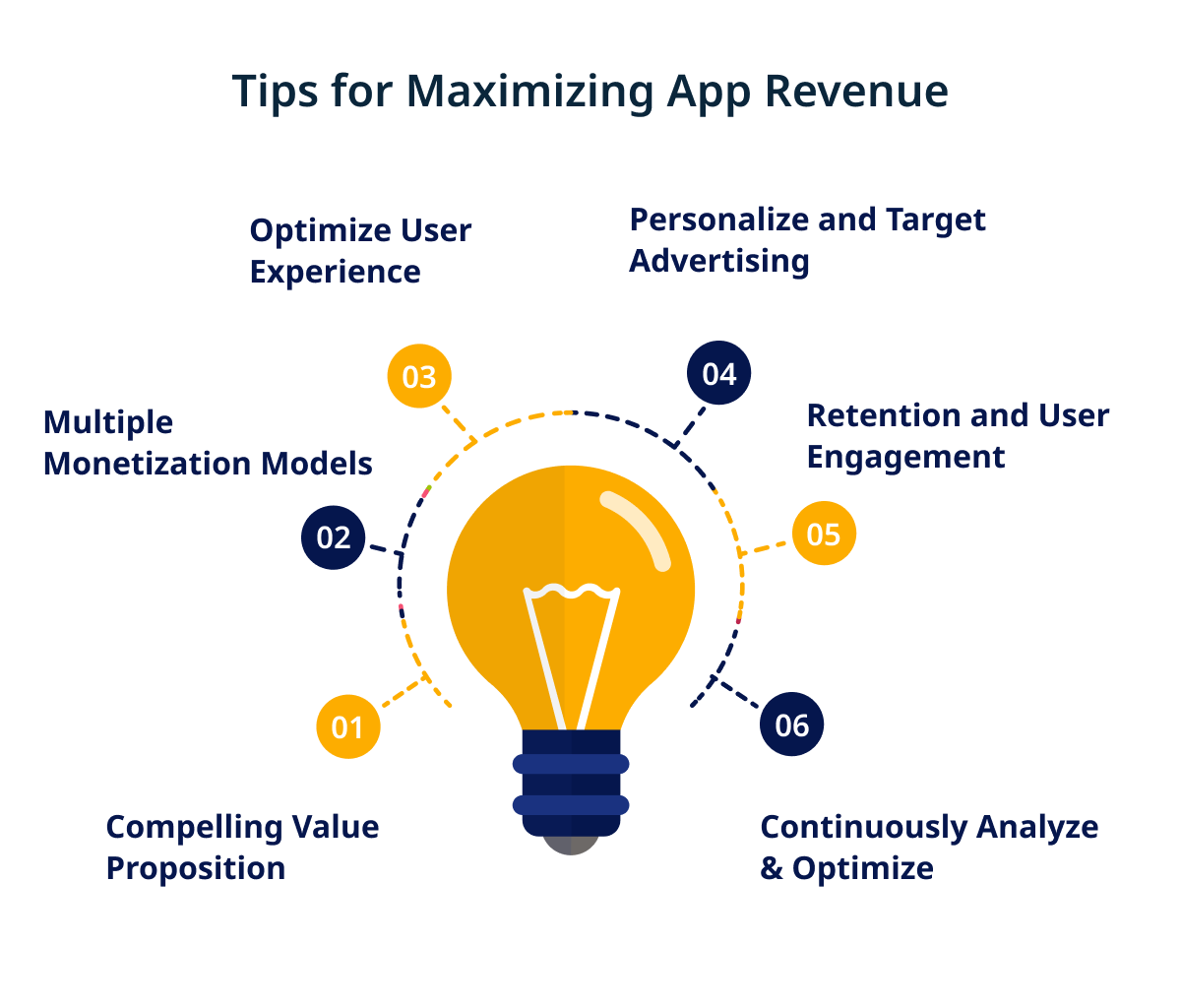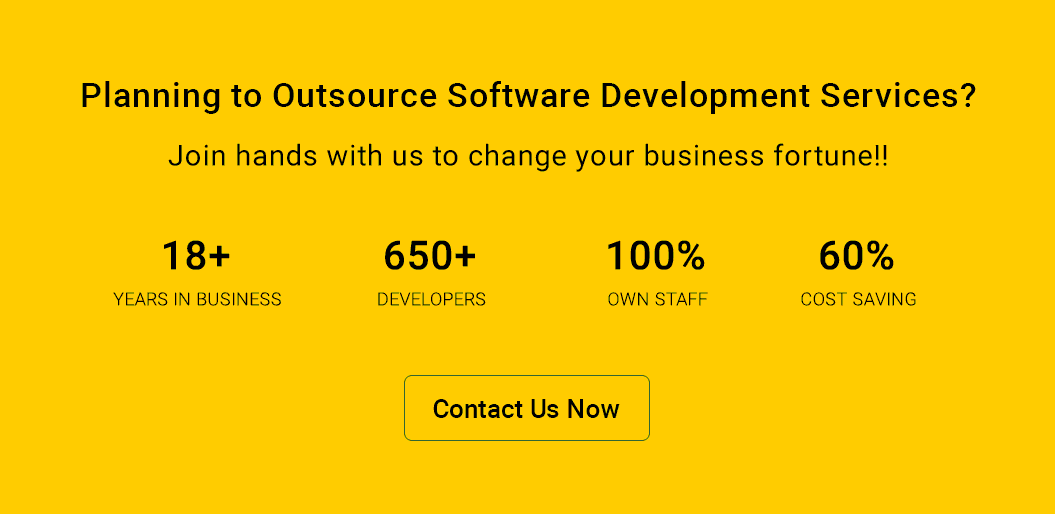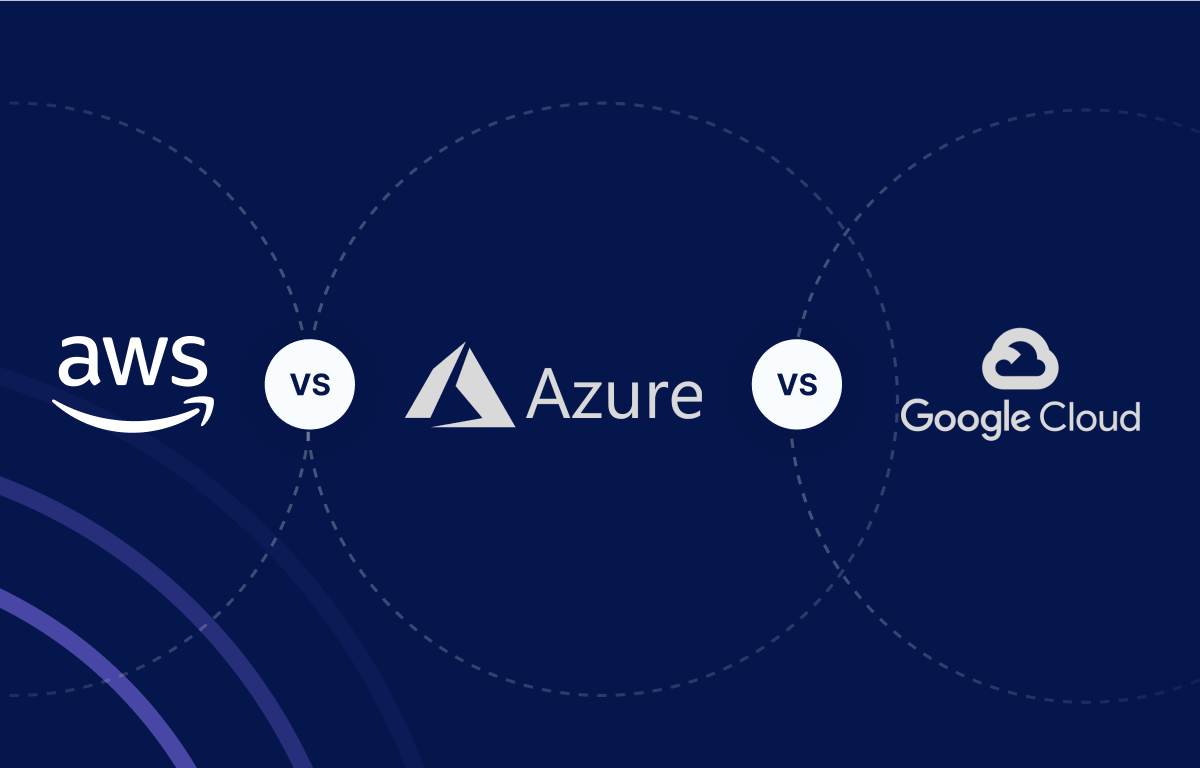The mobile app industry, an economic powerhouse generating billions, offers a multitude of opportunities for entrepreneurs. But capitalizing on these requires clever and effective monetization strategies.
Industry forecasts from Statista predict a substantial surge in mobile app revenue by 2027. It suggests a growth surge that spans across all market segments, setting new revenue records in 21 different sectors.
However, the challenge lies in making your application stand out in an already saturated market. The pressing issue isn’t merely creating an app but how to get it the user attention it needs. The key lies in deploying robust strategies that capture the user’s attention and deliver unique value while ensuring a seamless user experience.
Crafting an exceptional app meticulously can help you carve out a unique market niche, foster user engagement, and ultimately reap the rewards of a successful app.
In this blog post, we’ll unlock the secrets to engaging users effectively and transforming your application into a revenue-generating juggernaut. We’ll be equipping you with compelling statistics and actionable insights.
So, if you’re a mobile app development company, gear up to optimize and boost your app’s revenue potential!
Understanding Mobile App Monetization Landscape
Monetization strategies play a critical role in ensuring the success of an app. A well-laid-out strategy ensures:
- Revenue Generation
- Sustainable Business Model
- Support for Innovation and updates
Revenue Generation: Monetization strategies allow businesses to generate revenue, from their apps, which is essential for covering development costs.
Sustainable Business Model: By implementing a successful monetization strategy, entrepreneurs can create a sustainable business model that enables long-term growth.
Support for Innovation & Updates: Effective monetization strategies provide the necessary resources to invest in innovation, research, and development.
Also read: Mobile App Development Tips That Will Boost Start-Ups Growth
Overview of the Evolution of App Monetization Models
Here is a brief explanation of the evolution of app monetization, which transformed from time to time, resulting in innovative mobile app solutions.
Paid Apps in Early 2000s: The introduction of mobile apps was marked by a straightforward approach: paid apps. Users paid upfront to download and access apps from app stores.
Advent of Freemium in Late 2000s: Freemium model emerged as a game-changer, allowing users to download apps for free. Developers offered basic functionality while reserving premium features for paid upgrades.
Rise of In-App Purchases in 2010s: In-app purchases gained popularity, allowing users to buy virtual goods, extra content, or premium features within apps. This model provided more flexibility and revenue opportunities for developers.
Dominance of Advertising in 2010s: Advertising became a prominent monetization method, as developers incorporated various ad formats like banners, interstitials, and rewarded videos. Ad revenue supplemented or replaced upfront app costs.
Subscription Revolution in Late 2010s: Subscriptions took center stage, providing users with access to premium content or services for recurring fees. This model offered a steady revenue stream and cultivated user loyalty.
Hybrid Approaches (Present): Developers began combining multiple monetization models, employing hybrid strategies. These approaches blend freemium, in-app purchases, ads, and subscriptions, offering diverse revenue streams and accommodating user preferences.
The evolution of app monetization models reflects an industry constantly seeking innovative ways to balance revenue generation and user satisfaction.
This ongoing transformation enables developers to optimize their app monetization strategies, catering to a diverse user base and driving app success.
Let our experts guide you to success!
Exploring Different Monetization Models
There are different types of monetization models for diverse business needs. Understanding these models empowers developers to choose the most suitable approach for their app, considering factors like target audience, app category, and user preferences.
With the guidance of a company offering mobile app development services, you can find the right monetization model for your business. Let’s read more about the three common models:
Freemium
Freemium apps are free to download and use, but they offer premium features, advanced functionality, or exclusive content that users can unlock through in-app purchases.
The freemium model has revolutionized app monetization by offering free app downloads while providing additional paid features or in-app purchases. Some of the advantages include
- Wide User Base: By eliminating upfront costs, freemium apps attract a larger user base, increasing the chances of user engagement and monetization opportunities.
- User Acquisition: Offering a free app incentivizes users to try it out, reducing barriers to entry and increasing the chances of acquiring new users.
- Upselling Opportunities: Freemium apps can entice users with basic features and then upsell premium offerings, capitalizing on the desire for enhanced experiences.
Following are the pros & cons of the Freemium model to help you understand this model.
| PROS | CONS |
| Easy access for users | Challenges to convert free users into paying customers. |
| Large user base potential | Balancing free and premium features can be tricky |
| Opportunity to showcase value | Dependency on a small percentage of users for revenue |
| Increased revenue potential | Potential user resistance towards paid features |
Recommended reads: How To Make A Budget-Friendly Mobile App?
In-app Purchase Model
In-app purchases (IAP) allow users to buy virtual goods, extra content, or premium features within an app. According to The Business Research Company, the global in-app purchase market size grew from $141.75 billion in 2022 to $176.63 billion in 2023, at a compound annual growth rate (CAGR) of 24.6%.
Here are the types of in-app purchases:
- Consumables: Items that can be used or depleted, such as virtual currency or extra lives in games.
- Non-consumables: Items that users can purchase once and retain permanently, such as ad removal or additional functionality.
- Subscriptions: Recurring purchases that grant users access to premium content or services for a specified period.
Now, let’s look at some of its advantages:
#1. Flexible Revenue Streams: In-app purchases provide ongoing revenue opportunities, as users can make multiple purchases over time.
#2. Personalization: Developers can offer various purchase options, allowing users to customize their app experience according to their preferences.
#3. Upselling and Cross-selling: Once users make a purchase, developers can leverage personalized recommendations to encourage further purchases.
Let’s look at its pros & cons to understand the feasibility of this model better.
| PROS | CONS |
| Flexibility for users | Users hesitating to make purchases |
| Continuous revenue potential | Balancing pricing can be challenging |
| Customization options | Resource and maintenance requirements |
| Potential for higher revenue per user | Reliance on a subset of users for significant revenue |
Get a personalized monetization strategy tailored to your app.
Ad Monetization Model
In the mobile app market, ad monetization model has grown in popularity as a method of generating income. Without charging users directly, developers can monetize their programs by incorporating adverts into the user experience. This is how it goes:
- Advertisement Formats: Various types of ad monetization are available, such as banners, interstitials, and paid videos. These formats can be placed in strategic locations to increase user engagement and revenue potential.
- Wide Reach: Developers may reach a large audience and profit from user interactions within the app by using tailored advertising. Conversion rates can be improved by customizing advertisements depending on user demographics, interests, and behaviors.
- Revenue Potential: By increasing user engagement, ad views, and click-through rates, ad monetization offers the potential for increased revenue. Ad integration and optimization that works can increase an app’s overall income.
However, implementing ad monetization comes with challenges:
#1. User Experience: It’s critical to balance the quantity and placement of adverts to prevent annoying consumers and degrading their app experience.
#2. User Resistance: Some users might reject or become weary of adverts, which could result in ad-blocking or app desertion.
#3. Performance Dependency: Ad revenue is reliant on an ad network’s success, and changes in the market might have an impact on revenue streams.
Despite these complexities, ad monetization remains a viable revenue generation strategy, especially when combined with other monetization models to diversify income streams.
Striking the right balance between revenue generation and maintaining a positive user experience is key to the success of ad monetization efforts.
To better understand whether this model suits your business, you can compare its pros & cons.
| PROS | CONS |
| Additional revenue stream | Balancing ad frequency to maintain user experience |
| Wide audience reach through targeted advertising | Potential user resistance or ad fatigue |
| Potential for a higher revenue with increased engagement | Dependence on ad network performance and market fluctuations |
| Variety of ad formats available | Ad relevance and targeting may not always align with user interests |
Further Reading: Mobile App Development Companies That Innovate Unique Solutions
Hybrid Monetization Approaches
In the ever-evolving landscape of mobile app monetization, developers have started exploring hybrid approaches that combine multiple monetization models. These hybrid strategies offer flexibility, diversify revenue streams, and cater to different user segments.
This enables them to find the right balance between generating revenue and delivering a compelling user experience.
Hybrid monetization approaches offer the advantage of flexibility and adaptability in an ever-changing app ecosystem. By combining different models, developers can leverage the strengths of each method while mitigating their limitations.
Here’s what you need to know:
1. Combining Models: Hybrid monetization involves integrating two or more monetization models, such as freemium, in-app purchases, ads, and subscriptions, into a single app.
2. Revenue Diversification: By diversifying revenue streams, developers reduce their reliance on a single model and open up additional income-generating opportunities.
3. Flexibility for Users: Hybrid models allow users to choose the monetization method that best suits their preferences.
4. Maximizing User Lifetime Value: Hybrid approaches enable developers to maximize the lifetime value of users by offering a range of options to monetize their app experience at different stages of the user journey.
5. Targeting Different User Segments: By implementing a hybrid approach, developers can cater to various user segments, capturing both those who prefer ad-supported free experiences and those willing to pay for premium features or content.
6. Customizing the Mix: The specific combination of monetization models within a hybrid approach depends on factors such as the app’s category, target audience, and user behavior.
7. A/B Testing and Iteration: Experimentation and data analysis play a vital role in optimizing hybrid monetization strategies.
Discover the best strategies for success.
Factors to Consider When Choosing a Monetization Strategy
When selecting a monetization strategy for your mobile app, several factors come into play. You might require expertise to do this efficiently and this can be fulfilled with the help of a mobile app development company in India that offers quality services at affordable prices.
Consider the following aspects to make an informed decision:
1. Target Audience: Understand your target audience’s preferences, spending habits, and willingness to make in-app purchases or pay for premium features. Identify whether your audience is more inclined towards ad-supported free apps or willing to invest in a subscription-based model.
2. App Category & Purpose: The nature of your app and its purpose can influence the choice of monetization strategy. Different strategies work better for specific categories.
For example, gaming apps often thrive with in-app purchases, while utility apps may benefit from subscriptions or ads.
3. User Experience: Prioritize the user experience to maintain engagement and satisfaction while monetizing your app. Choose a strategy that integrates seamlessly into the app without disrupting or irritating users. Also, consider how the monetization method may impact app performance, load times, or overall user enjoyment.
4. App Value Proposition: Evaluate the value your app provides to users and how that can be monetized effectively. Ensure that the chosen monetization strategy aligns with the unique features, content, or services your app offers. Additionally, strike a balance between the value provided for free and the added benefits offered through paid options.
5. Competition & Market Analysis: Conduct thorough research on your competitors’ monetization strategies within your app’s market niche. Identify successful practices and potential gaps that can give your app a competitive advantage. Analyze market trends and user preferences to predict which monetization strategies are most effective for your target audience.
6. Long-Term Viability: For long-term viability, consider the long-term sustainability and scalability of your chosen monetization model. Evaluate how the strategy can evolve as your app grows, attracting more users and expanding into new markets. Anticipate potential challenges and changes in user behavior or market dynamics that may affect the viability of your chosen strategy.
Read this blog: Best Technology Stacks For Mobile App Development
Tips for Maximizing Mobile App Revenue
Maximizing revenue for your mobile app requires a strategic and holistic approach. Here are some tips to help you boost your app’s revenue potential:
- Offer a Compelling Value Proposition: Communicate the unique value your app provides to users, highlighting the benefits and features that set it apart from competitors. Identify and emphasize the pain points your app solves or the convenience it offers, making it irresistible for users to download and engage with.
- Implement Multiple Monetization Models: Explore a combination of monetization models, such as freemium, in-app purchases, ads, and subscriptions, to diversify revenue streams and cater to different user preferences. Analyze user behavior and demographics to identify the most effective mix of monetization models for your target audience. If required, hire mobile app developers to ensure flawless implementation.
- Optimize User Experience: Prioritize user experience to keep users engaged and satisfied, enhancing the likelihood of conversions and repeat usage. Ensure seamless app navigation, fast load times, and intuitive user interfaces to minimize friction and maximize user satisfaction.
- Personalize & Target Advertising: Leverage user data and advanced targeting techniques to deliver personalized and relevant ads to users. Optimize ad placements and timing to avoid disrupting the user experience while maximizing ad visibility and engagement.
- Continuously Analyze & Optimize: Regularly analyze user data, app analytics, and revenue metrics to identify trends, user preferences, and areas for improvement. Experiment with different strategies, conduct A/B testing, and iterate based on performance results to optimize monetization tactics.
- Retention & User Engagement: Focus on retaining existing users by delivering ongoing value through regular updates, fresh content, and exclusive offers. Implement engagement features, such as push notifications, loyalty programs, or social features, to keep users actively using and sharing your app.
- App Store Optimization (ASO): Optimize your app’s visibility in app stores by using relevant keywords, compelling descriptions, high-quality visuals, and positive user reviews. Regularly monitor and update your app store listing to ensure it aligns with user search behaviors and the latest market trends.
Let us help you implement winning monetization tactics.
Final Words
Businesses must monetize their applications to meet their long-term goals. Target market, app category, and user preferences are just a few variables that may impact the decision between different business models like Freemium, In-app purchases, Ad monetization, subscriptions, and hybrid approaches.
By strategically monetizing their mobile apps and offering value to users, businesses may maximize revenue potential and establish a thriving presence in the dynamic world of mobile applications.


